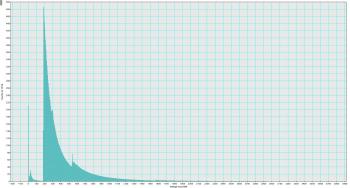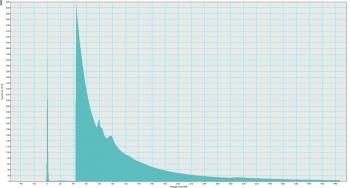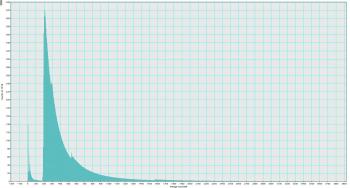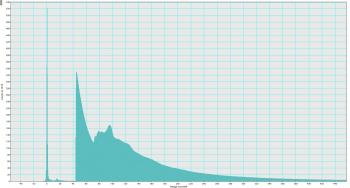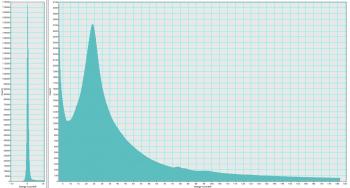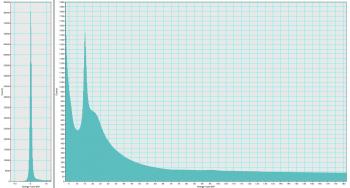Minor edges
L1118
Considerations
The L-edge of Al shows strong variation in ELNES especially for minerals. Its low energy often makes edge extraction problematic. A 1st order log-polynomial is often the best background model. Thin specimen (<0.5 mfp) and/or plural scattering deconvolution is often useful.
The K-edge of Al is better suited for compositions mapping and quantification, but often lies near the stay emission artifact Schottky emitters. Be sure the collection angle is sufficient.
The plasmon peak of Al metal is very sharp and its energy can be measured with high precision. Changes in local temperature and alloying have been be detected and quantified via the energy shift.
Enhance your EELS community
Share spectra with your fellow EELS users from around the world.
